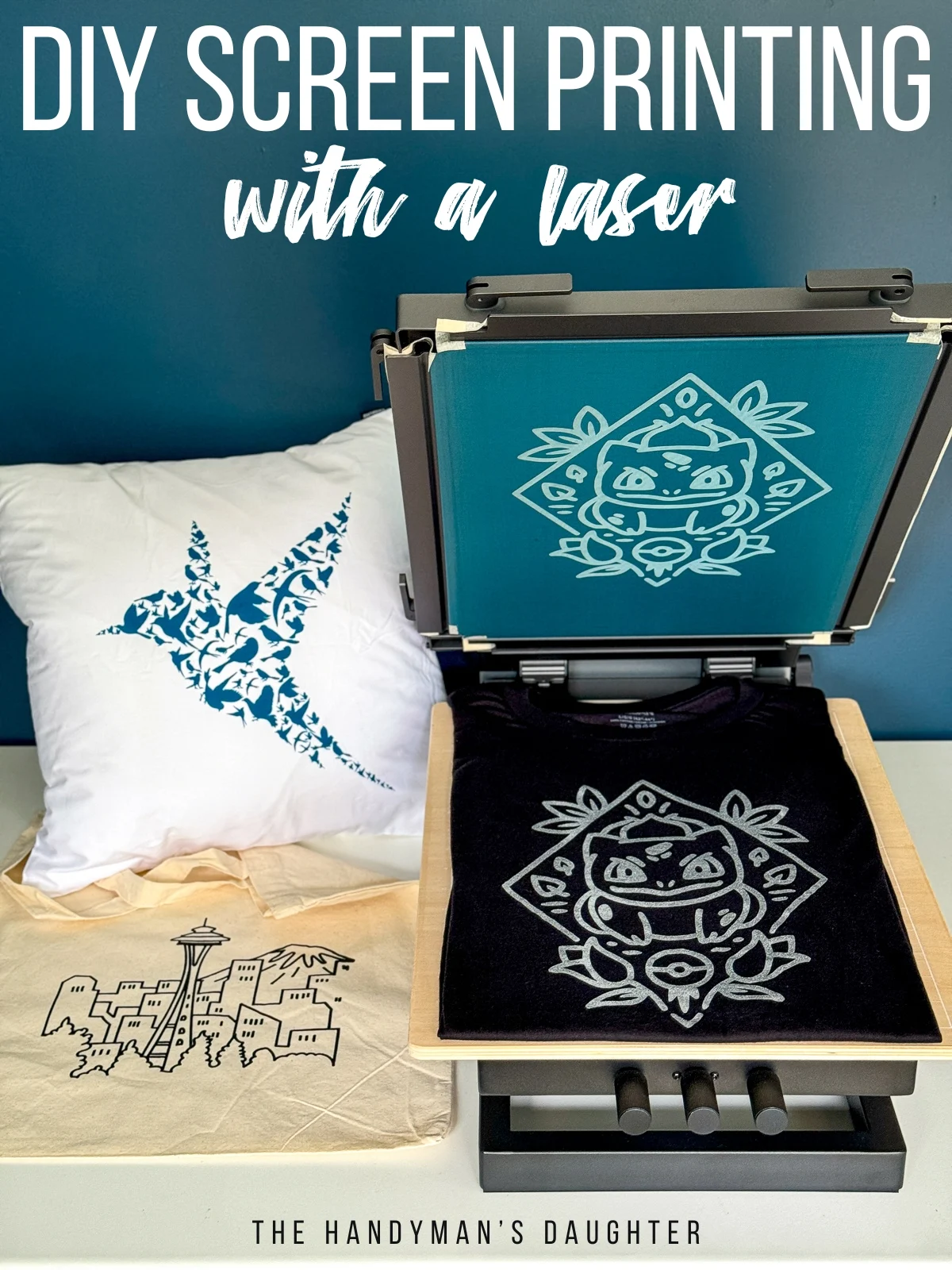The Vital Guide to Understanding Screen Printing and Its Versatile Uses
Screen printing has an abundant history that dates back to ancient times, evolving into a sophisticated method made use of across numerous markets today. This overview checks out the details of the screen printing process, detailing its applications in marketing, style, and home style - 10:9 Design Screen Printing Texas. Understanding these basics can open imaginative possibility for both commercial and creative tasks. The adhering to sections will disclose essential suggestions and methods to boost one's screen printing endeavors
The History of Screen Printing
Screen printing has origins that trace back centuries, its development reflects the technical and artistic innovations of various societies. Stemming in old China, the method was originally utilized for enhancing textiles and later infect Japan, where it came to be integral to Ukiyo-e woodblock printing. The technique shifted to Europe in the 18th century, where it acquired popularity amongst artisans and industrial printers. The innovation of photo emulsion in the 20th century transformed screen printing, permitting for more detailed designs and greater effectiveness. Musicians like Andy Warhol further moved its popularity, utilizing the medium to produce famous works that mixed commercialism and art. By the late 20th century, screen printing had established itself as a functional strategy, used in vogue, advertising and marketing, and art. Today, it continues to evolve, incorporating digital innovation and broadening its applications across various industries.
The Screen Printing Refine Explained
Screen printing changes imaginative visions into tangible layouts with a collection of accurate steps. Originally, an image is produced and after that moved onto a screen, typically made of great mesh material stretched over a framework. A light-sensitive solution is put on the screen, which is revealed to light, setting in areas not covered by the image. After washing out the unhardened emulsion, a stencil is created.
Next off, the screen is placed over the substratum, whether it be fabric, paper, or one more product. Ink is then pressed with the open areas of the pattern utilizing a squeegee, depositing the style onto the substrate below. This procedure can be duplicated for numerous colors, requiring separate displays for each and every tone. Ultimately, the printed item is healed making use of warm to guarantee the ink sticks correctly, causing a long lasting, vivid style all set for usage.
Kinds of Screen Printing Techniques
In addition, specialty methods, such as discharge screen printing, eliminate color from the material to develop softer prints, while aluminum resource foil screen printing applies metal foil to achieve a shiny finish (10:9 Design contact). Each technique uses distinctive characteristics, accommodating different innovative requirements and manufacturing ranges, ultimately broadening the possibilities within the screen printing domain name
Applications of Screen Printing in Different Industries

Additionally, the signs and advertising industries utilize screen printing for producing distinctive display screens and banners. This approach enables bold colors and detailed layouts that catch interest. In electronics, screen printing is used for using conductive inks to circuit boards, essential for component links. In addition, the home décor sector accepts screen printing to produce unique layouts on textiles and wall surface art. Overall, screen printing functions as an important device across diverse fields, improving products with individualized and visually enticing graphics.
Tips for Successful Screen Printing Projects
While carrying out a screen printing job, mindful interest to information can considerably enhance the last result. First, choosing top notch products is necessary; this consists of the screen, inks, and substratums. Utilizing appropriate mesh matters can influence ink deposition and information resolution. Preparation is similarly essential; comprehensive cleaning of screens and proper exposure times guarantee crisp prints.
Next, accurate registration digital print signs is critical for multi-color prints. Making use of alignment tools can help accomplish exact layering. Furthermore, screening prints on scrap materials before manufacturing aids identify possible problems without throwing away sources.

Often Asked Inquiries
What Products Are Finest for Screen Printing on Fabric?
Cotton and polyester blends are perfect for screen printing on fabric due to their toughness and ink absorption. Additionally, specialty fabrics like silk or canvas can create distinct appearances and coatings, improving the general layout quality.
Just how Do I Tidy and Maintain Screen Printing Devices?
To preserve and clean up screen printing tools, one ought to consistently clean displays with appropriate solvents, evaluate mops for try this out wear, lubricate relocating parts, and store all products in a dry, dust-free atmosphere to extend their life expectancy.
What Are the Ecological Influences of Screen Printing?
Screen printing can have substantial environmental influences, including chemical waste from inks and solvents, water usage throughout cleansing procedures, and energy consumption. Environmentally friendly materials and lasting techniques are vital for reducing these negative impacts.
Can Screen Printing Be Done at Home Efficiently?
Screen printing can be efficiently done at home with the ideal products and techniques. Hobbyists can create quality prints, though success depends upon their skill degree, tools, and understanding of the procedure entailed.
What Are the Costs Connected With Beginning a Screen Printing Business?

Beginning a screen printing business includes expenses for tools, products, and work area. First costs normally vary from a couple of hundred to numerous thousand dollars, depending on the scale, top quality of machinery, and preferred production capability.
Screen printing has a rich background that dates back to old times, advancing into a sophisticated strategy utilized throughout various sectors today. Another method, rotary screen printing, employs cylindrical displays, assisting in continuous printing on textile rolls, therefore boosting efficiency for large manufacturings. Furthermore, specialty strategies, such as discharge screen printing, eliminate dye from the textile to create softer prints, while aluminum foil screen printing applies metal aluminum foil to accomplish a shiny finish. In the fashion market, screen printing is commonly used to produce vivid styles on clothing, allowing brands to display their distinct styles. Cotton and polyester blends are excellent for screen printing on textile due to their resilience and ink absorption.